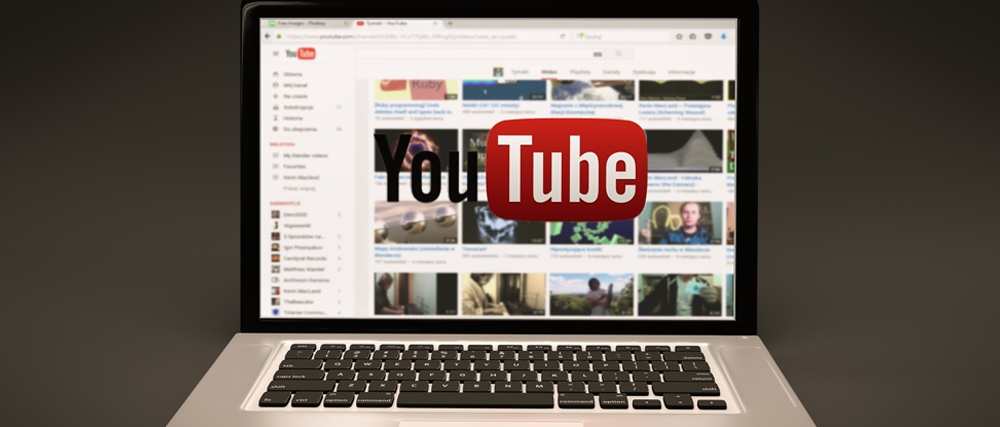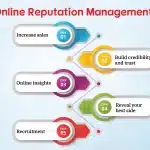
Changes in YouTube’s monetization system: Youtube wants to put more advertisements in the videos. So, from now on you’ll see more videos interrupted by the ads than before. What is even worse for YouTubers? The brand does not want to share the proceeds from this with the content creators.
Obviously, Google is looking for more sales outside of its search engine advertising business. After switching from Google Photos to chargeable storage, the generally more restrictive handling of free Google One storage space, and a number of rumors about upcoming chargeable features, YouTube is now down to business.
In the future, the platform also wants to put advertisements in videos, the creators of which do not meet the conditions of participation for the partner program or simply do not want to participate. Youtube has regulated this in its amended terms of use, which initially came into force in the USA on November 18, 2020. Youtube also wants to implement similar regulations in other countries. By the end of 2021 at the latest, this crazy approach should be adopted worldwide.
YouTube has added a new section to its terms and conditions. It determines that users grant YouTube the right to monetize their content on the platform. The monetization can include displaying advertisements in front of or in content and even charging users an access fee.
At the same time, YouTube regulates that this granting of rights does not come with a remuneration. Youtube expressly writes that creators are “not authorized” to “receive payments.” In other words: Youtube collects, the video creators do not.
Changes may affect small channels
This change will affect small channels that are not able to participate in the partner program due to their limited reach, or perhaps do not even strive to do so because they operate the creation of videos as a pure hobby. In fact, one might argue that the change has little meaning for most small creators because they would not generate any significant income anyway, even if they were involved. That leaves two points aside.
On the one hand, hobby videographers in particular, who are primarily concerned with distributing their content, should generally have no interest in their viewers being disturbed by advertising while consuming the films – especially without adequate consideration. On the other hand, the measure should even be financially very relevant for Youtube itself. After all, the number of channels that do not participate in the affiliate program is likely to significantly outweigh the number of those that do.
Changes in partner program too
Not everything stays the same for the participants in the partner program either. The platform is changing the monetization for channels with more than 1,000 YouTube subscribers and 4,000 hours of viewing time in the last twelve months to a kind of license fee. This will allow Google to withhold taxes directly.
Youtube is now starting to implement monetization and initially only wants to provide a “limited number” of videos with additional advertising. However, this should rather serve to slowly upscale the technology and gain experience with the new source of money before the regular operation begins.








